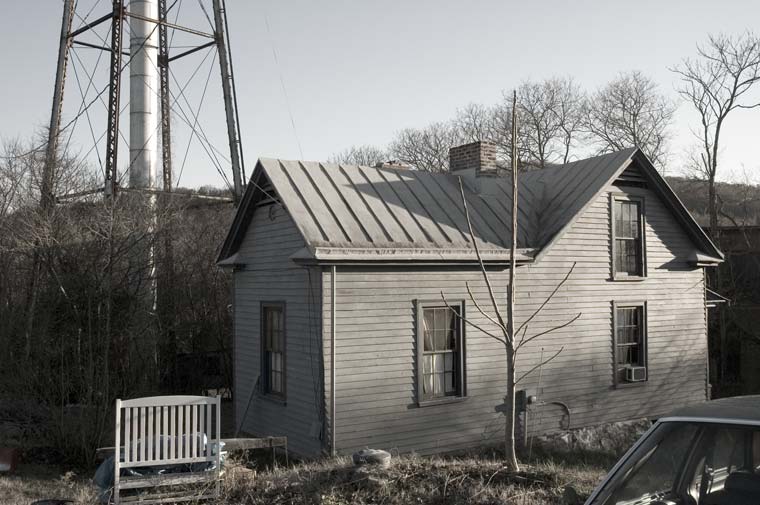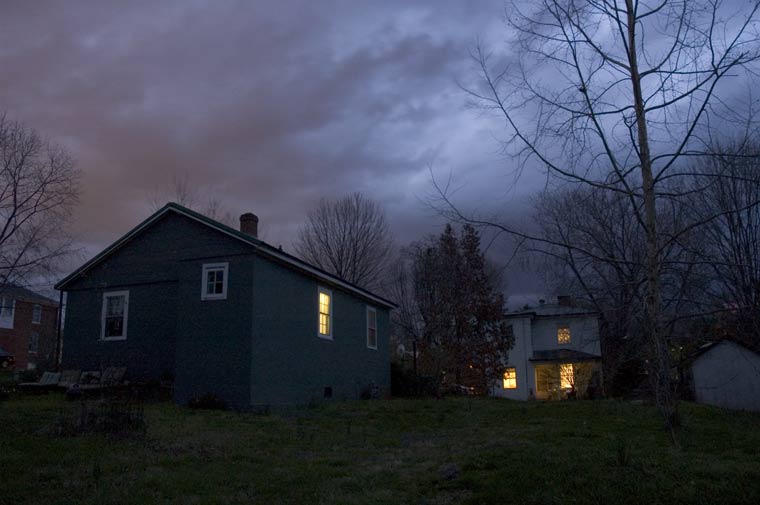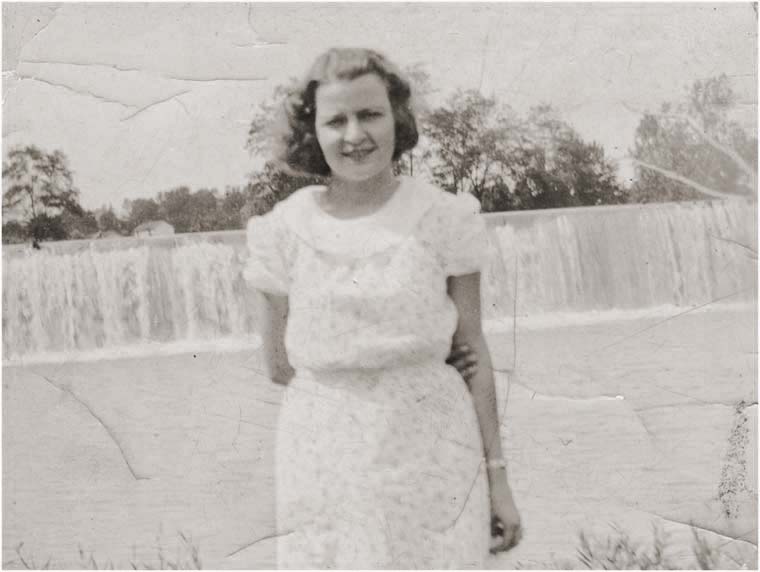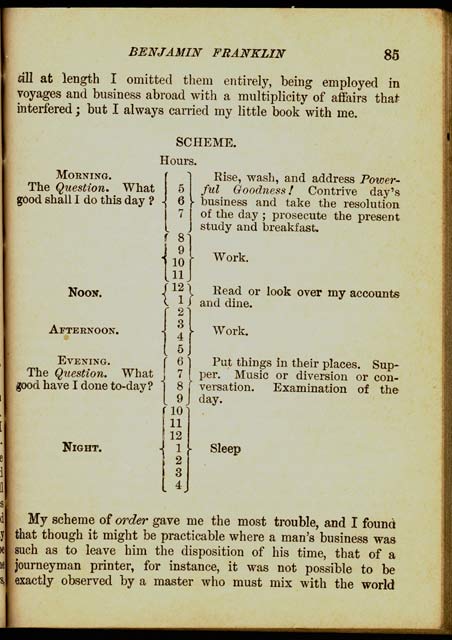West Point
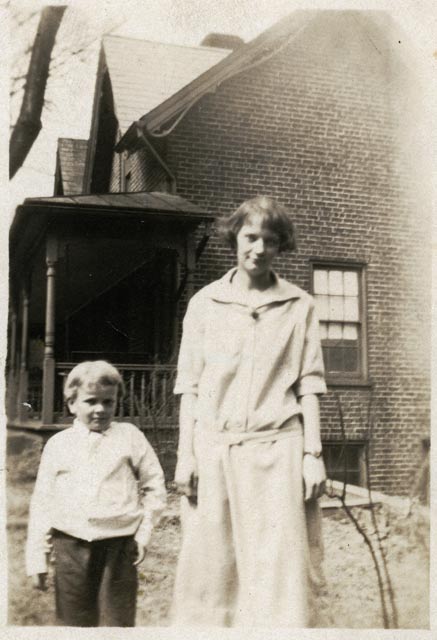
Nellie Melton, George Marion at the end of Woolen Mills Road, this area referred to as "under the hill" by residents of the Woolen Mills Village
The United States government was a large purchaser from 1884 on. Large amounts went to disabled soldiers' homes. From 1899 until at least the middle 1930's, the cadets of West Point were clothed in Charlottesville fabrics. Beginning in the late eighties, the mill succeeded in surplanting foreign mills as the manufacturer of fine doeskins used in the pants and trimmings for the highest ranking army officers. This was accomplished only after six months of experimentation and was quite impressive since no American mill was able to make such fabrics. Thereafter, on several occasions, other mills underbid the Charlottesville company and won this contract, but in every case the contractor gave up his efforts and bought the material from Marchant's firm.--Poindexter
Labels: Marion, Poindexter History, WMRd people
